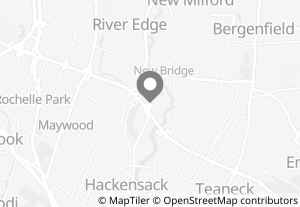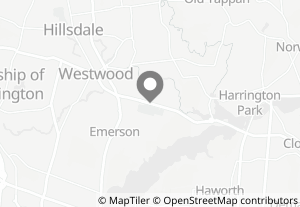Understanding TMJ treatment options

The temporomandibular joints connect your jaw to your skull. You use these joints every time you talk and eat.
Since we use these joints so much, it’s not surprising that many people experience pain at some time in their life in the area of these joints.
While pain tends to be cyclical and impermanent, those who suffer from TMJ symptoms may want to familiarize themselves with treatment options.
4 steps to better self-care
Relieving discomfort for temporary TMJ pain can often be achieved by implementing the following:
- Shift your diet to softer foods. Stay away from hard, brittle foods.
- Avoid chewing gum and wide-mouth jaw movements such as singing or yawning.
- Apply hot packs or ice and try to relax.
- Perform daily jaw stretching exercises to improve range of motion.
Over the counter anti-inflammatory medications (NSAIDs) can also dull TMJ pain. In more severe cases your dentist may prescribe a stronger pain killer or muscle relaxant.
A bite guard
A stabilization splint (a plastic appliance that fits over your lower or upper teeth) may be recommended to temporarily reduce TMJ pain. Not all patients respond to wearing a bite guard and it is not considered a permanent solution as long-term wear can cause lasting changes to your bite.
Surgical treatments for prolonged pain
The majority of TMJ sufferers experience a significant decrease in pain through non-surgical treatments and studies show that most patients will improve over time with no treatment at all.
Surgical treatment is only recommended following the continued failure of more conservative measures to manage pain. In approximately 10-15% of cases, pain becomes chronic and surgical intervention enters the conversation.
Not all TMJ pain can be managed with surgical intervention. The following diagnoses are more apt to produce positive postop results:
- Disc displacement
- Degenerative disorders
- Inflammatory disease or rheumatoid arthritis
Surgical options
Arthrocentesis & Arthroscopy – These minimally invasive outpatient procedures are performed in-office and utilize needles and/or thin fiberoptic cameras to complete joint lavage. Joint lavage is essentially a method of washing and cleaning out a joint to remove substances that could be causing pain.
Condylotomy – A controlled fracture is used to reposition the jaw to increase joint space and improve mandibular range of motion. Condylotomy requires postop wiring of the jaw, for healing.
Disc repositioning and discectomy – Arthroplasty, or cutting directly into the joint itself, involves the treatment or repair of damaged, diseased or poorly positioned discs. In some cases, discectomy, or removal of a disc damaged beyond repair, may be recommended.






